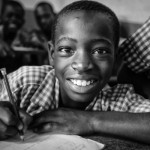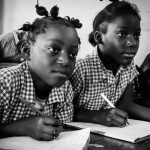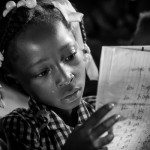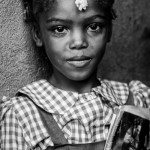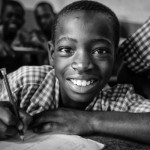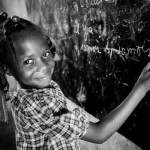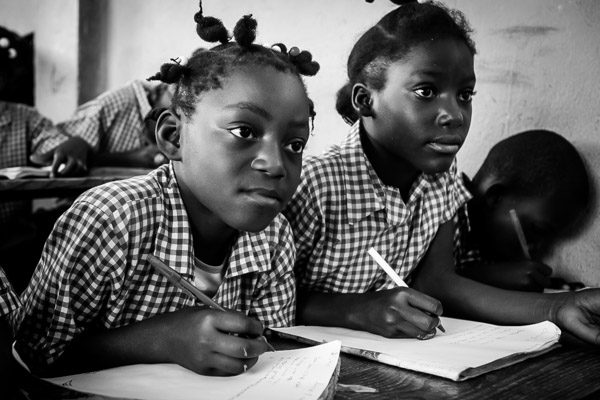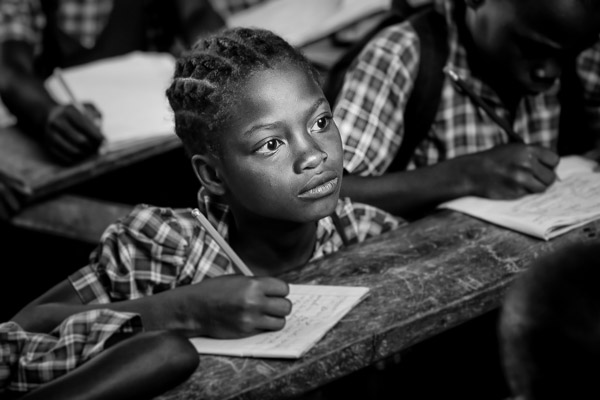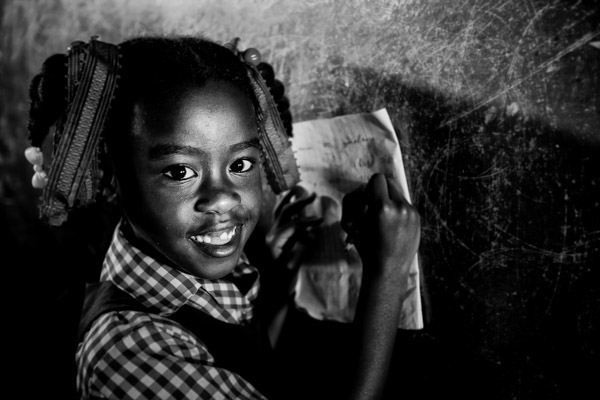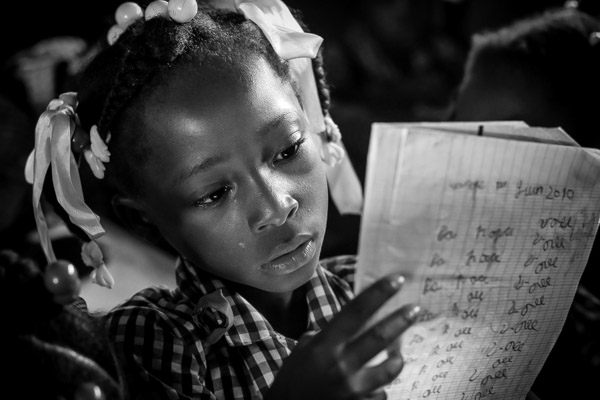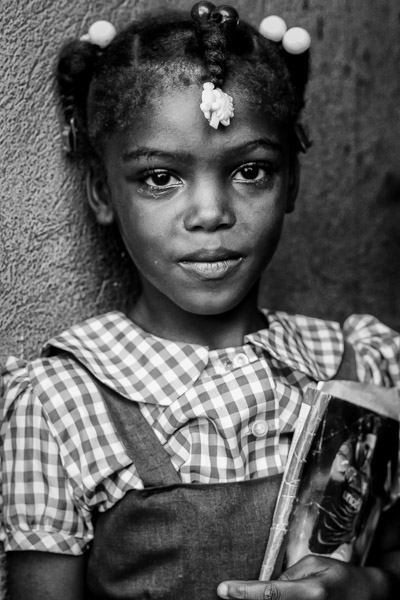Last week the school year in Haiti started one month delayed. Hopefully the children will learn a lot for the future to raise the country out of poverty.
Beginning in 1948, the international community recognized education as a fundamental human right, through Article 26 of the Universal Declaration of Human Rights.
The first Haitian constitution of 1801 stated that the private sector should ultimately be responsible for the education of its youth. The constitution stated that, – every person has the right to form private establishments for the education and instruction of youth. However, with the constitution revision of 1807, the practice of providing public education for all was established. Article 34 of the 1807 constitution establishes that, – A central school shall be established in each Division and proper schools shall be established in each District.
In 1987, the government redrafted its 1987 constitution of Haiti to include Article 22, which reads, – The State recognizes the right of every citizen to decent housing, education, food and social security.
Many individuals still consider it a privilege to have the opportunity to attend school, where alternatively, in many other parts of the world, education is considered a human right.
Of the approximately 3 – 3.5 million school-age children in Haiti, 800,000 do not have access to education. In fact, Haitian public schools have the capacity to serve only one quarter of the school-age population. Even before the earthquake, 25 percent of Haiti‘s school districts, mostly in rural areas, did not have a school. Due to these challenges, the average Haitian child receives only five years of education.
If completing nine years of primary school, the students can continue to secondary. Secondary education lasts for an additional four years, after which the students are qualified for university and professional training.
The biggest category of vocational training is the Skill Training Centres, which often do not require any prior education. The vast majority of them are private, operating outside the control of the government.
Only 8 percent of Haitian primary schools are state-run. The remaining 92 percent of the schools are non-public; the vast majority of them do not receive any public subsidies. More than 80 percent of Haitian children currently enrolled in school are in private schools. Education in Haiti is a business, encompassing both serious and not so serious actors.
For some of the schools, the objective is clearly more directed towards making money than towards educating children, and often the classes are overfilled and the teachers unqualified. There are formal criteria set by the government to be followed when establishing a new school, hiring qualified teachers being one of them. However, as the majority of the private schools are operating unlicensed, getting around the formal criteria and starting up a new school is not too difficult if one has some resources and a few good contacts.
The community schools make an important contribution in an area where the public sector is failing. However, they are struggling to get qualified teachers, learning materials and suitable school buildings and are often incapable of offering teaching of acceptable quality. Often they will only teach the first cycle, from first to fourth grade. Higher grades than that will in many cases exceed the teachers’ own level of education. The very low salaries make it impossible to attract qualified teachers to these rural positions.
There are approximately 16,000 to 17,000 primary schools in Haiti. Private sector schools account for roughly 80 percent of all schools (primary, secondary, higher education). Although it is considered to be the poorest country in the Western Hemisphere, Haiti has the second highest percentage of private school attendance in the world.
Haiti has one of the lowest enrollment rates in the world, with only 55 percent of children aged six to twelve enrolled in school, and less than one-third of those enrolled reaching fifth grade.
Low enrollment and high drop out rates are primarily due to economic hardship, high grade repetition rates, and linguistic barriers. Language can become an obstacle to achieving education, primarily due to the fact that a majority of Haitian families speak Kreyòl in the home and the parents of many students are not French literate, yet lesson plans are taught in French. Additionally, many families are unable to pay the direct and indirect costs of education; therefore, many, especially those with multiple children, are forced to make difficult decisions in deciding which of their children will be provided an education.
End of this post about about education Haiti. As you can see the schooling area have a number of challenges in front of them. I will do more research o the subject, and hopefully I will post more within soon. Below are a number of pictures from schools run by the Swedish based NGO Star of Hope. They run seven school projects on the Haitian country side.

